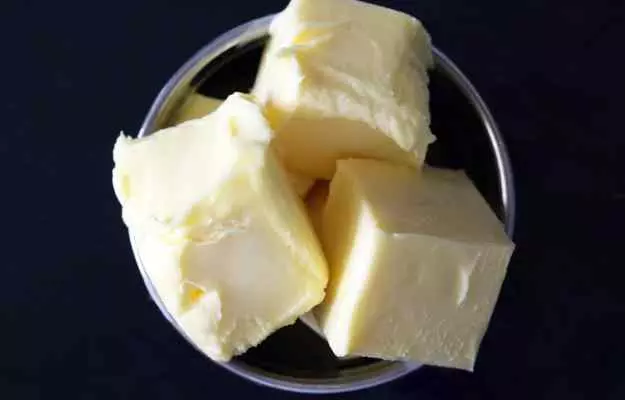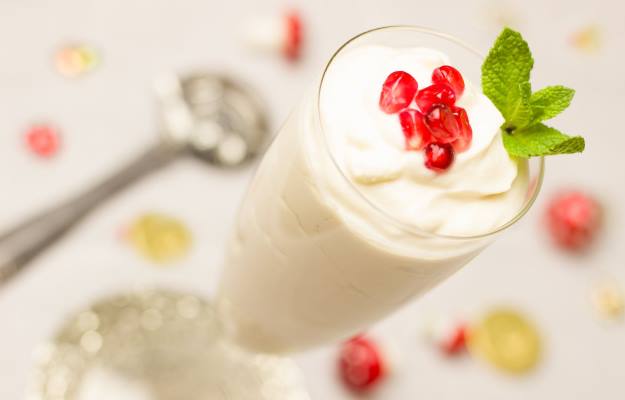Butter, and generally all foods composed mostly of fat, have got a bad reputation in the last several decades. Fats have been linked to heart disease and obesity that leads to cardiovascular complications. Fats are supposed to increase LDL cholesterol (the bad kind that clogs blood vessels)—this was the rationale for avoiding them.
However, these assumptions were based on predictive models of what fats could do to the body; several meta-analyses have retrospectively looked at the effects of fats in diets and found little to no correlation between butter consumption and cardiovascular disease.
Monounsaturated fats and polyunsaturated—the kinds found in fish and flaxseed (omega-3 fats)—have been shown to have protective effects and may actually help you lose weight. Butter has both unsaturated and saturated fats. The debate around saturated fat is murkier. However, studies have shown that diets rich in dairy fats (the kind present in butter) actually had a lower risk of cardiovascular disease and type 2 disease. Counterintuitive though it is, small quantities of butter may actually have protective effects against chronic issues like cardiovascular disease and type 2 diabetes.
How can dairy fats cause these effects? It turns out that cholesterol is more complicated than was earlier imagined. While it is true that saturated fats release LDL cholesterol, they also increase HDL cholesterol—which is the good kind of cholesterol. This means that a sort of balancing act is performed. Also, LDL cholesterol comes in two types as well; small, dense molecules or larger, fluffier ones. The latter is generally not harmful and this is the kind that dairy fat creates.
A 2016 meta-analysis that looked at over 630,000 people found relatively small or neutral overall associations of butter with mortality, CVD, and diabetes. What this means is that butter may not be overtly "good" or "bad" and can be incorporated in diets in limited quantities without harm.
There are other benefits of butter consumption as well. Diets rich in dairy fat have been linked with lower liver and greater systemic insulin sensitivity. There is also evidence that fatty acids in dairy promote a healthier bacterial microbiome. This may have anti-inflammatory effects that lead to better gut health and may even lower the probability of getting Crohn’s Disease.
(Read more: Liver disease)
Butter also contains a good amount of vitamin A, which has been linked to better immune function. Fats like the type derived from butter increase the "bioavailability" of certain vitamins and minerals meaning that allow the body to process them; without them, this wouldn’t be possible.
Please note that nutritional studies are always based on comparisons and everyone reacts uniquely to different foods. These studies are observational and much more research is needed to understand the complex nature of the relationship between dairy fats and the human body.
There are many well understood adverse effects as well. Butter has been linked to weight gain—though the evidence is growing slightly conflicted. In any case, polyunsaturated or monounsaturated fats are said to be better for weight loss—so olive oil and avocado oil may be a better choice if you are trying to lose weight. According to the World Health Organization, no more than 10% of your calories should come from saturated fats.
In summary, moderate amounts of butter should have an overall neutral effect on your health. A balanced diet is more important to focus on rather than just one macronutrient. Butter should still be used sparingly though since it can lead to weight gain—polyunsaturated or monounsaturated fats should be used as well to increase diversity.































